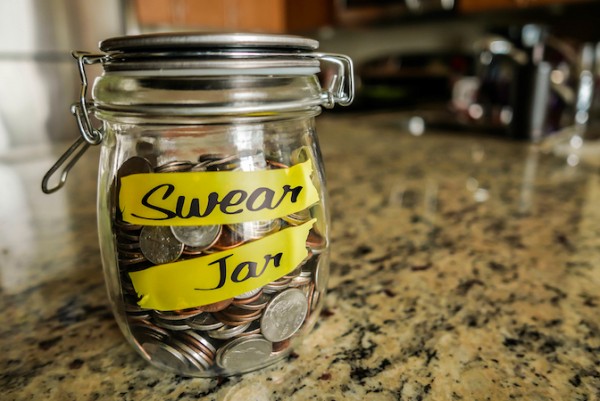Most of the time bad habits are caused by stress or boredom. Instead of dealing with stressful situations or finding a useful way to spend your time, unhealthy habits start to form. These habits can be anything from biting your nails to shopping too much to binge drinking.
It can feel almost impossible to break a bad habit once you’ve noticed it. But even though the process can be a bit daunting, it’s definitely worth it to address a bad habit head-on in order to live your best and healthiest life. Luckily, there are a lot of different ways to go about breaking a bad habit.
Identify the Bad Habit
The first step to breaking a bad habit is to identify the behavior you want to change. You can’t stop a bad habit if you don’t first single out what exactly you want to stop doing. This can be easier said than done, however. It can take time for you to realize your bad behavior since most of the time these bad habits tend to be absent-minded behaviors.
Hold Yourself Accountable
Did you ever have a “swear jar” when you were growing up? Forcing yourself to give up a dollar every time you bite your nails or procrastinate an assignment can be a great motivator to stop a bad habit. You can also ask your friends to help hold you accountable and make sure you actually put a dollar in the jar each time.
It works both ways though, rewarding yourself a dollar for a job well done can be a great way to keep bad habits at bay. The app 21Habit rewards or penalizes you a dollar a day for 21 days of committing to a habit.

Understand Your Triggers
If you’re able to determine the underlying reasons why you keep spending your paychecks the second they hit your bank account, then it becomes a lot easier to prevent yourself from behaving in that way. Make it easier to break your bad habit by eliminating some of the triggers that cause you to act that way. For example, if you eat junk food when it’s in your apartment, then throw out the bags of Doritos.
Your environment can make it monumentally easier to break a bad habit, or it can trigger continuous bad behavior. Try to keep this in mind when it comes to the people you surround yourself with, too. A good group of friends can do wonders when it comes to eliminating unhealthy habits and reinforcing healthy decisions.
Make Small Changes
You’re not going to completely change your behavior overnight. Making big changes takes a lot of time and effort. It’s up to you to be patient with yourself and focus on improvement instead of perfection. It can be frustrating to take things slow, but you are much more likely to succeed in breaking a bad habit if you go slow and make small adjustments to your behavior.
Trying to completely fix a bad habit overnight will most likely only be a temporary change. If you want the real deal, you’ll have to treat this process as a marathon, not a sprint.
Find a Substitute
It can be extremely difficult to stop a bad habit cold turkey, but replacing your behavior with a better habit can be a lot easier. For example, people who are trying to quit smoking often rely on nicotine patches or e-cigarettes. If you plan ahead and equip yourself with nicotine patches, then it becomes a lot easier to turn down a cigarette. In less extreme cases, it’s still good to equip yourself with a plan or alternative for your bad habit.
When you get the urge to procrastinate your work by mindlessly scrolling through social media, try writing out a to-do list to remind yourself of all the tasks you need to complete that day. If you want to stop eating junk food, make sure you stock up on healthy snacks.
Team Up With Someone
Team work makes the dream work. If you want to stop being lazy and go to the gym more, tell your friends about it. They can help hold you accountable or maybe even join you in breaking a bad habit of their own. Keeping your quest to break your bad habit to yourself may feel like a safer option because there’s no opportunity for people to see you fail, but having support as you try to better yourself can be the push you need to help you be successful in your goals.






